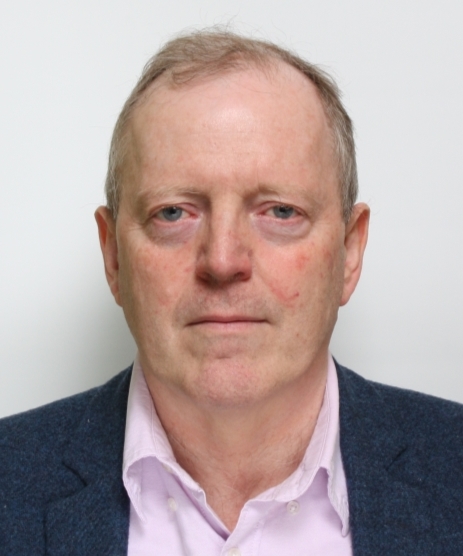Just the future of civilisation. No pressure then.
In September 2023, two United Nations agencies published a report which is crucial to the future of both human civilisation and nature on this planet.
It received precious little publicity.
Synergy Solutions for a World in Crisis proposed we should make a start on tackling both climate goals and the UN’s 15-year old Sustainable Development Goals (SDGs) together.
Both climate action and the SDGs’ 17 broad objectives are central to human life and well-being – and much else.
“We must change course,” says the report. “Without synergies, the Sustainable Development Goals and climate objectives remain out of reach. The evidence is clear: addressing climate change and achieving the SDGs are inextricably intertwined.”
The expert group’s report has the modest objective of strengthening the evidence base. But it had some pretty stark headline warnings.
Half-way through the 15-year life of the SDGs, only 15% of the targets are on track. Climate chaos is meanwhile intensifying. Read the report for ideas on what should be done.
But it set me thinking about Smart Growth and all it has achieved – and not achieved – over the past 30 years.
Right from the start it made a bold leap. Against the dismal trend of the late 20th and early 21st centuries – to treat policies for separate areas more and more separately – it set out to work across policy siloes.
By pointing out that challenges like urban sprawl, unsustainable transport and inner-city decay were intimately linked, it set wise policy makers on a quest for policies that worked across siloes like planning, regeneration, transport planning and housing policy. These have always been intimately linked, but it’s amazing to watch how policies are derived in complete isolation.
Since that time, we’ve seen attempts to link the core Smart Growth concerns to other policy challenges, though the amount of policy meshing undertaken by international, national, regional or local policy makers varies. Mostly they ignore this need. Sadly, too many professionally qualified or environmentally concerned people are happy to concentrate on their own silo and unwilling or unable to venture outside.
But take a look at the synergies on near-term adaptation and mitigation actions the UN report identifies in Figure ES2.
So now I think it’s time to stick my own neck out and say it’s time for Smart Growth to harness the ability it’s demonstrated to work across policy siloes for a third of a century now.
We certainly can’t tackle all 17 SDG areas. But we can aim to work for land-based policies that enable us to tackle some of the world’s gathering emergencies in climate, nature, food, water, drainage, flooding and sea defence. A range of disciplines like planning, transport, housing, regeneration etc. is crucial in all these areas – but they’ll only work if they’re considered together.
Ambitious? Incredibly. Challenging? Hugely. Likely to face opposition? Inevitably.
But ask yourself, from where we are in 2023, is there any real choice?
Jon Reeds
 Jon Reeds
Jon Reeds
 Nigel Pearce
Nigel Pearce